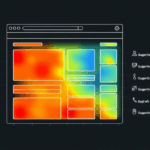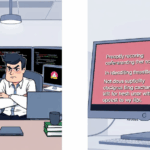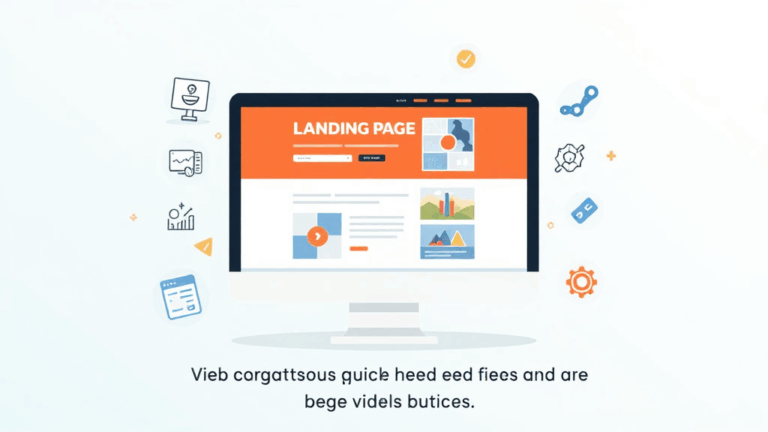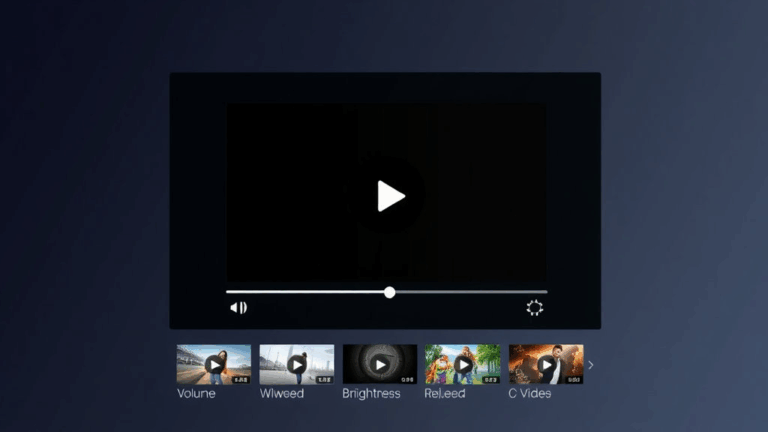Narrowing CRO Tool Chaos for Mid-Sized E-Commerce Sites
Heatmaps Tools That Actually Show What Matters
Everyone loves heatmaps until you realize most of them are just visual poetry with no actionable insights. I was testing a cart abandonment funnel once using a well-known heatmap tool (rhymes with Blotjar), and I spent an hour trying to interpret why 40% of clicks were resting on static images. Turns out, people were tapping images expecting zoom or alternate views, but that interaction didn’t do anything. I didn’t even have event listeners on those elements. So the heatmap was just yelling “LOOK! Red!” — but not telling me the why.
If you’re not segmenting heatmap data per device type (especially mobile vs. desktop), just stop. Some tools merge both, and the aggregated version will lead you into tactical oblivion. Also, use scroll maps cautiously. Those look dramatic on long-form PDPs but are deeply misleading if your site uses infinite scroll or dynamic AJAX chunk-loading.
Best combo I’ve landed on after flailing through five tools:
- Clarity (from Microsoft) — fairly lightweight, free, and solid with rage click/session replay correlation.
- Mouseflow — granular filtering, decent mobile heatmap behavior if you tune viewport settings.
Pro-tip: Use CSS selector blocking inside Clarity for dynamic elements like live chat popups, exit modals, or newsletter bars. Otherwise, your heatmap looks like Times Square during rush hour and tells you nothing about user intent.
Tracking Form Drops Without Another Plugin Apocalypse
You’d think tracking form abandonment would be solved by now. It’s 2024. But nope. Either the tool injects six invisible iframes and tanks your site speed, or you end up tagging every single field interaction manually. I had one checkout form where a plugin overrode my field labels with numbered anchors. Customer support ticket pile? Impressive. Conversion lift? Zero.
I ditched the plugins and built a custom listener setup that tracks field focus order, blur timing, and submission deltas. Sounds fancy but it’s basically a debounced event handler attached to all text inputs, buttons, checkboxes, and selects. If a user enters name > email > payment but never clicks “Submit” after 25 seconds idle, that’s a drop. Fairly reliable indicator. You can even pass that data to GA4 or a backend endpoint via Fetch. Keep it lean.
document.querySelectorAll('input, select, textarea').forEach(el => {
el.addEventListener('blur', () => {
// store interaction state in sessionStorage or local variable
});
});
One edge case I didn’t expect: Safari’s autofill suggestion drop-downs don’t always trigger ‘input’ or ‘change’ events. So if you’re tracking only those, you’ll miss half the real data. Watch for that. You literally have to ping blur events or use MutationObservers in some builds.
A/B Testing Tools That Don’t Murder Your CLS Score
If your A/B tool blinks the whole DOM on First Paint, throw it out.
I used to run Optimizely on a Shopify store, and I’d constantly watch the mobile LCP spike just from DOM re-renders. After digging, turned out their script batched variation rendering with a series of inline style tag rewrites — causing a brief but consistent layout shift across variant loads even when no CSS changed. Google Search Console went radioactive with warnings.
The workaround: move variant toggling to server-side rendering where possible, or at least delay client-side visual testing until after FID. If that’s complex, choose tools with anti-flicker scripts or async-rendering toggles — like Split.io or even plain flag-based logic with async data fetch:
fetch('/api/get-variant')
.then(res => res.json())
.then(data => applyVariant(data.variant));
This method reduced visual jank and restored our Conversion-to-Add-to-Cart rate overnight. Not a silver bullet, but better than watching Google tank your Core Web Vitals because a test changed button text.
Session Replay Tools Can Be Dangerous (But Useful)
I have a love-hate relationship with session replay. Love because it tells me what happened better than 700 data points. Hate because it can leak payment fields if you’re not redacting things aggressively.
Some replay tools obfuscate sensitive fields by default. Others don’t. One time, we were looking through replays to understand why customers weren’t applying discount codes. We noticed that they were copy-pasting whole promo emails into the code box — their personal info included. Redacted? Nope. Just sitting there in the cloud logs.
Here’s how we patched it:
- Used FullStory with the
FS.setVarsmethod to manually label sessions and omit fields. - Switched sensitive elements (like credit card numbers) to
data-redactand used masking classes withUserReplay.block(). - Set up a very stripped-down export view for client stakeholders that removed session IDs.
Undocumented flaw with many tools: if you dynamically inject input fields (React, Vue, etc.), the tool may not pick up the field as redacted unless it’s present at page load. Watch for that.
Staring Into the Funnel Drop-Off Abyss Via GA4
Even seasoned GA4 users can end up in the twilight zone trying to piece together where users bail in the checkout funnel. GA4’s funnel visualization report is fine, but it makes you jump through hoops to segment by UTM source + device + behavior. I once built 6 separate comparisons just to answer a simple question: does Facebook traffic drop more at the billing step or the review stage?
The actual fix? Use GA4’s Explorer Funnels (not the default conversion funnel report). You get better segmentation, plus event-based pathing. Also: create custom events for key screens — not just clicks.
One major logic quirk: GA4 assumes a default session timeout of 30 minutes. If someone drops groceries and comes back 32 minutes later to hit “Complete Order,” that’s a new session and kills your funnel continuity.
Loved this little GA4 Agent Log I found:
{ category: ecomm_checkout, action: step_4_review, session_start: 18:02, session_resume: 18:34 }
That tiny gap? Killed a 3-step funnel trail and made our drop-off look worse than it was. Use BigQuery exports if you want to track cross-session continuation more accurately. Or set up internal UIDs that persist through LocalStorage and link sessions with custom parameters.
Trying to Make Exit Intent Popups Not Look Like 2013
I still regret installing one of those ultra-aggressive mouseout detectors on an e-comm site two years ago. You know the kind — the “WAIT! Don’t leave!” modal that blocks the back button and treats every visitor like they just declared war on your brand. Bounce rate actually went up during the campaign.
The newer approach I’ve been testing is device-aware and scroll-position-based. Mobile users don’t have a cursor to trigger mouseout — so don’t even bother. I use IntersectionObserver to detect when users scroll back up after reaching 80% of the page. For desktop? Detect inactivity and velocity with pointer tracking. When the user eases up and hovers near the tab bar… maybe they’re done.
document.addEventListener('mousemove', e => {
if (e.clientY < 10) showExitModal();
});But even better: delay offer presentation until the second visit. First-time visitors often aren’t ready for coupon mechanics. With GA4 session count and referrer data, you can fire modals only for returning users with source === organic or price-checker domains.
Captured This Wild Conversion Quirk While Debugging a CDN
This one stuck with me. We had a client using Cloudflare + Shopify + a 3rd-party dynamic pricing plugin. Some high-value product pages were converting poorly, and we just couldn’t figure it out. No script errors. Page looked fine. But customers rarely finished checkout from those links.
After three days in LogLand, we noticed a pattern in browser dev tools: the final pricing API call was being blocked intermittently due to a Web Application Firewall rule. Yup. The CDN mistook our pricing update for suspicious activity because of overlapping XHRs and banned the call about 11% of the time, according to HAR file review.
The “aha” snippet was a block listed here:
X-Cache: MISS / 403 REJECTED - WAF RULE 100015
Updated WAF configs to exclude the .pricing path from rate limits, and conversion rate jumped literally overnight. If your pricing logic depends on real-time API calls, and your site rides on a CDN+WAF combo, inspect headers and network logs. Silently dropped fetches can be invisible unless you watch for them.
Also? Cloudflare’s bot detection will sometimes flag request signatures from Puppeteer or headless Chrome — which means if your QA team is testing pricing logic using automation, you might see false negatives in your internal tooling logs versus live site behavior. Painful.














